- Joined
- Mar 3, 2025
- Messages
- 18
- Reaction score
- 14
- Location
- Boston, MA
- Cars
- 2025 Lucid Air Touring
- Referral Code
- ZE2YGYEZ
Just a PSA to choose your licensed electricians wisely. This morning I went to plug in my Lucid Home Connected Charging Station for the 2nd time since installation. I was working from my home office for approximately 15 minutes and noticed that my computer UPS kept kicking on and then hallway lights dimming followed by a buzzing sound throughout my house. Ran downstairs to a basement filled with smoke. 100 amp breaker switch never tripped. Shut off the breaker and ran to driveway to unplug my GT. Bottom of charger was melted and once outside charger panel was removed found the charger to be a total loss. I’m led to believe the electricians never installed compressions lugs the instruction manual calls for. This most likely caused an electrical arc and fire. Please note same installer left site with a charging station that didn’t work because they skipped step of plugging terminal connector into front panel which also allows me to speaks pretty confidently on the absence of compression lugs. I recall seeing raw wire terminated directly to the terminal connector but I’m also not a licensed electrician so didn’t know enough to call them out on it.
Electrical install details are as follows: 200 AMP panel; 100 breaker installed; 2 AWG wire; 10ft wire run to charger. I have a case open with Lucid support and have sent them the photos just in the event the failure is on the hardware side. Just thankful I was home to the time and able to prevent any major damage to the retest of my house.
Electrical install details are as follows: 200 AMP panel; 100 breaker installed; 2 AWG wire; 10ft wire run to charger. I have a case open with Lucid support and have sent them the photos just in the event the failure is on the hardware side. Just thankful I was home to the time and able to prevent any major damage to the retest of my house.
Attachments
-
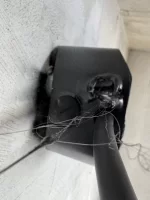 IMG_1054.webp496.4 KB · Views: 175
IMG_1054.webp496.4 KB · Views: 175 -
 IMG_1053.webp618.2 KB · Views: 119
IMG_1053.webp618.2 KB · Views: 119 -
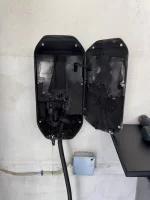 IMG_1048.webp1.6 MB · Views: 108
IMG_1048.webp1.6 MB · Views: 108 -
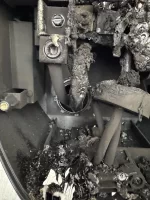 IMG_1047.webp694.8 KB · Views: 100
IMG_1047.webp694.8 KB · Views: 100 -
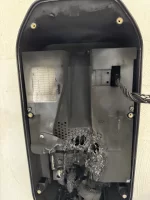 IMG_1046.webp686.5 KB · Views: 99
IMG_1046.webp686.5 KB · Views: 99 -
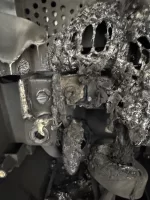 IMG_1045.webp628.9 KB · Views: 93
IMG_1045.webp628.9 KB · Views: 93 -
 IMG_1044.webp547.5 KB · Views: 89
IMG_1044.webp547.5 KB · Views: 89 -
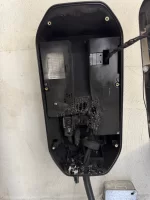 IMG_1043.webp994.5 KB · Views: 91
IMG_1043.webp994.5 KB · Views: 91 -
 IMG_1042.webp931.2 KB · Views: 88
IMG_1042.webp931.2 KB · Views: 88 -
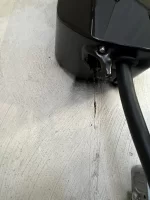 IMG_1041.webp852.7 KB · Views: 118
IMG_1041.webp852.7 KB · Views: 118
